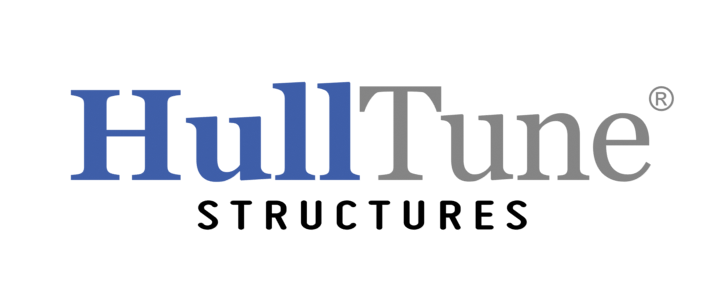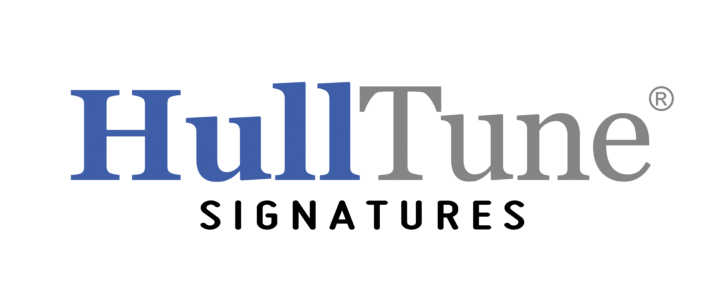HullTune®
Hull Optimisation Using Deep Learning
HullTune® by Steller Systems – Hull optimisation where Deep Learning Technology meets naval architecture to redefine the possibilities of ship design.
Lower your build cost, running costs and emissions through highly effective hull shape optimisation.
Developed by our team of leading Naval Architects, HullTune® allows us to assess and balance the performance of your hull design, rapidly visualising the trade-offs in hull resistance, intact stability, damage stability and seakeeping. This enables us to fine-tune your hull with precision, optimising it to your unique operational needs.
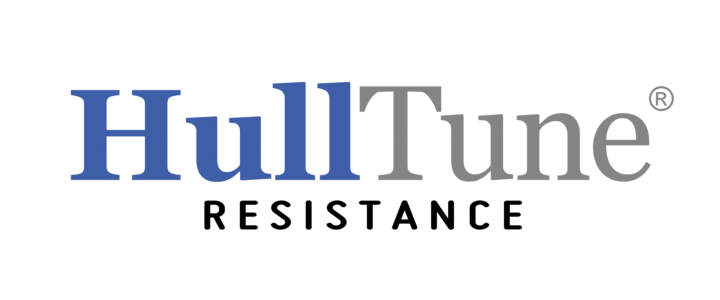
✅ Smaller engines and lower platform build costs
✅ Lower fuel burn and increased range
✅ Reduced emissions over the entire operational profile
✅ Maximised speed for a fixed installed power
✅ Critical enabler for the transition to lower energy density carbon neutral future fuels
HullTune® Resistance is our core module. By seamlessly integrating Deep Learning Technology, HullTune® Resistance goes beyond conventional limits, meticulously crafting optimal, low-drag hull forms. The focus is on revolutionising the maritime landscape by slashing both shipbuilding and operational costs.
Millions of parametric hull form shapes can be systematically analysed leading to game-changing resistance reductions. Design constraints are seamlessly incorporated, ensuring not just efficiency, but also practicality.
In a recent endeavour to optimise a future frigate hull form, the results were nothing short of groundbreaking—a 29% reduction in resistance at cruise speed (16 knots) and an impressive 22% reduction at top speed (24 knots).
These savings aren’t just about cost efficiency; they play a pivotal role in driving the maritime industry towards the goals of Maritime 2050—a future of net-zero shipping. The impact is felt across the board, presenting capital and operational opportunities.
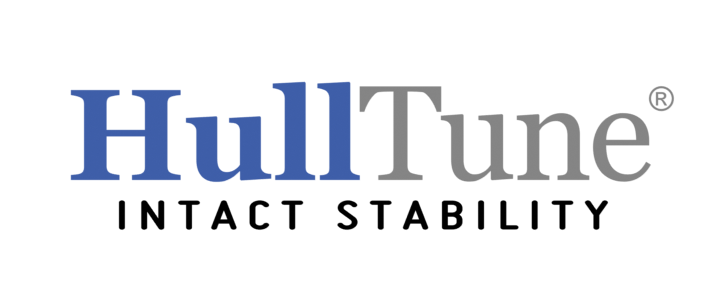
✅ Improved intact stability
✅ Improved design and build margins
✅ Improved operating stability margins
✅ Considers other performance areas
✅ Mitigate project risk
HullTune® Intact Stability uses Deep Learning Technology to maximise intact stability for a ship design by optimising the hull shape.
The intact stability module allows hulls being optimised for resistance and seakeeping to be assessed for a minimum threshold of intact stability.
Combining HullTune® modules allows you to find the lowest resistance hull whilst achieving a minimum threshold of stability. Or simply explore the design space between. If your design requires more stability, and your design has already reached dimensional constraints, HullTune® will effectively modify the hull shape and find stability improvements at the limiting heel angle, in a way that is not detrimental to resistance or seakeeping.
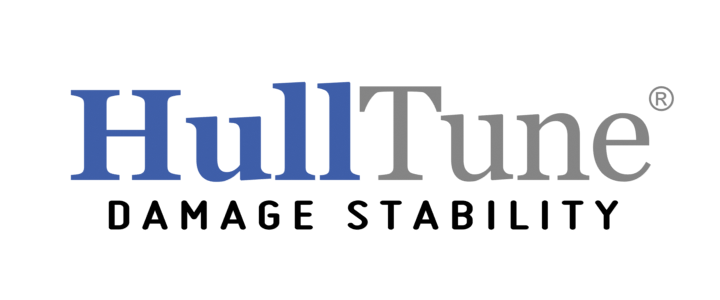
✅ Reduced design complexity
✅ Save on build costs
✅ Improved damage stability
✅ Improved design and build margins
HullTune® Damage Stability automatically positions the internal subdivision to maximise damage stability for any stability regulations. The constraints of the design can be factored in, for example minimum compartment lengths and frame spacing. The system will analyse all damage case combinations and determine the bulkhead positions that yield the largest margins. Typically a stability analysis could have hundreds of compartments, multiple types of side damage (symmetric and asymmetric variations), and multiple loading conditions. These stability analyses are batch run many times to find the optimal bulkhead positions.
Optimum solutions typically allow the removal of watertight subdivision leading to cost and weight savings in build and through the life of the ship.
Steller Systems has used HullTune® Damage Stability to help our customer find optimum bulkheads positions so that 13 bulkheads could be reduced to 11 and still have better stability when damaged compared to the original design.
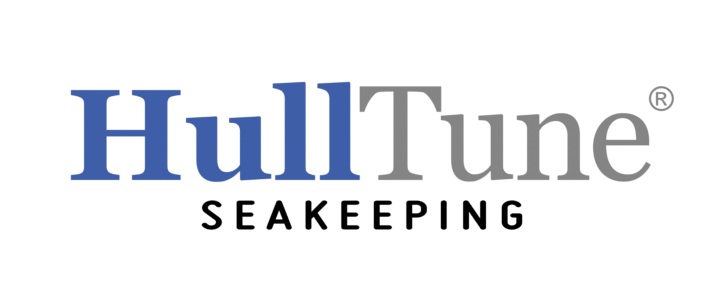
✅ Improved seakeeping whilst minimising resistance
✅ Improved design and build margins
✅ Considers other performance areas
✅ Mitigate project risk
HullTune® Seakeeping optimises a hull for seakeeping using the same parametric hull generation methods as for resistance. Seakeeping thresholds can be defined in multiple ways, and the optimisation finds hulls with the lowest resistance that meet the minimum seakeeping threshold.
A few different toolsets can be used for data generation depending on the vessel type. As for other modules within HullTune®, trade-offs can be quickly explored to maximise performance margins.
Find out more about how Deep Learning Technology can transform hull design.
Coming soon….
